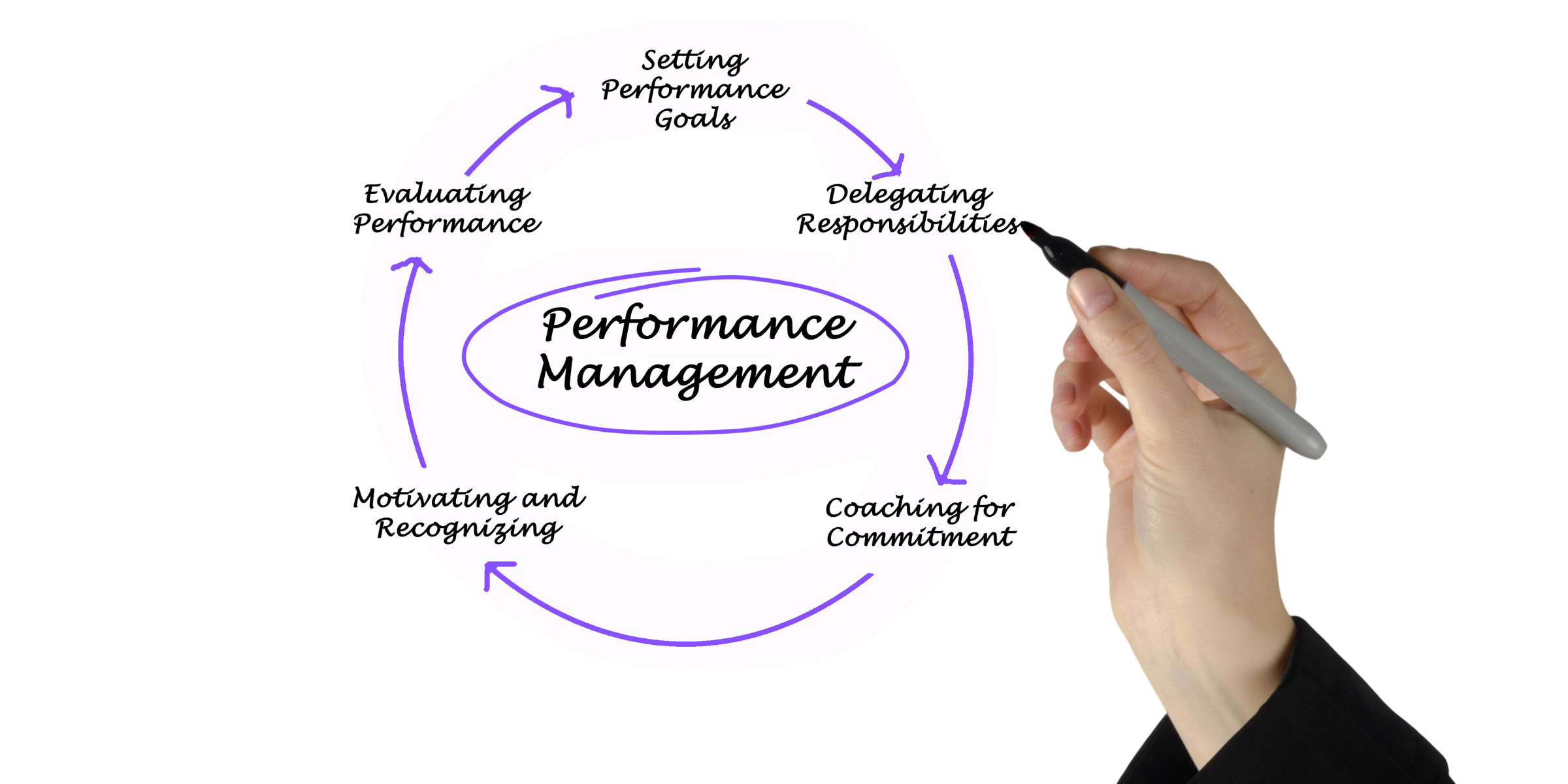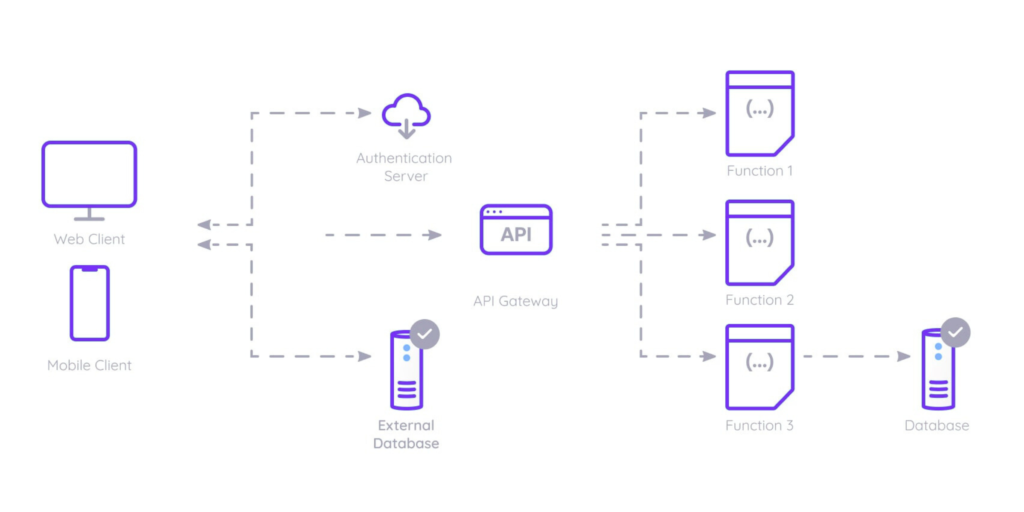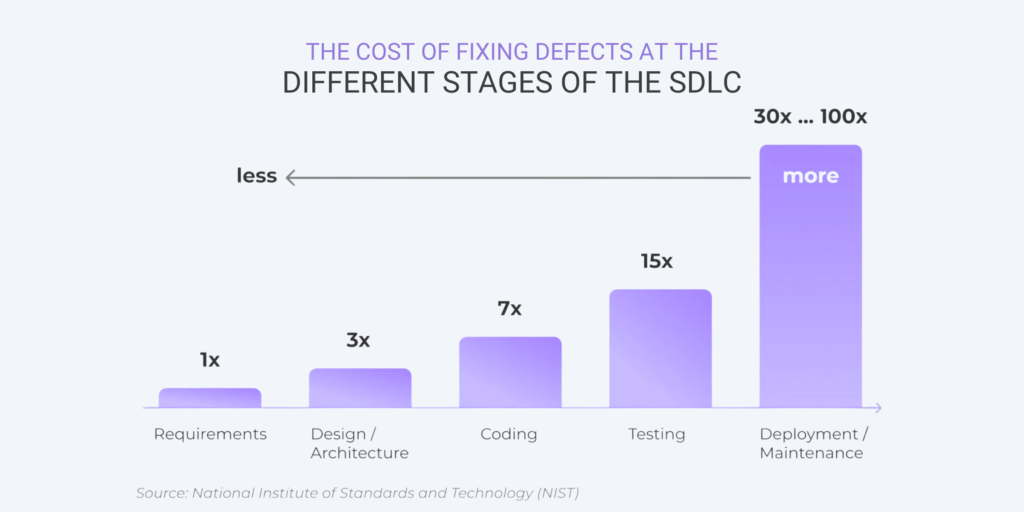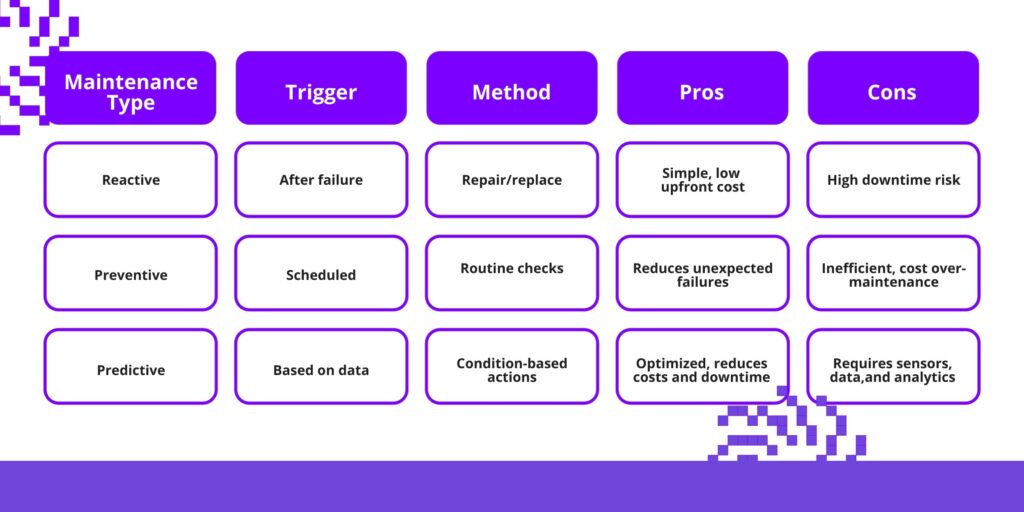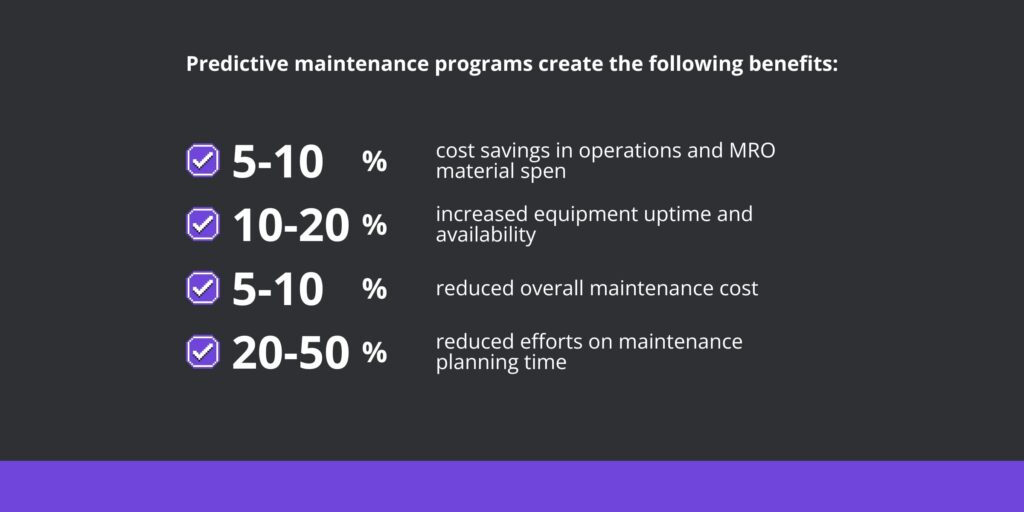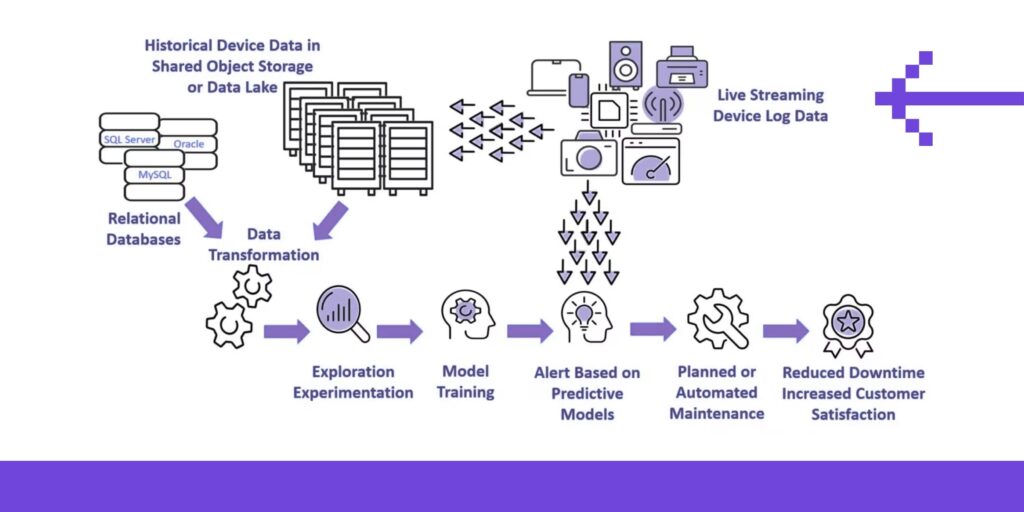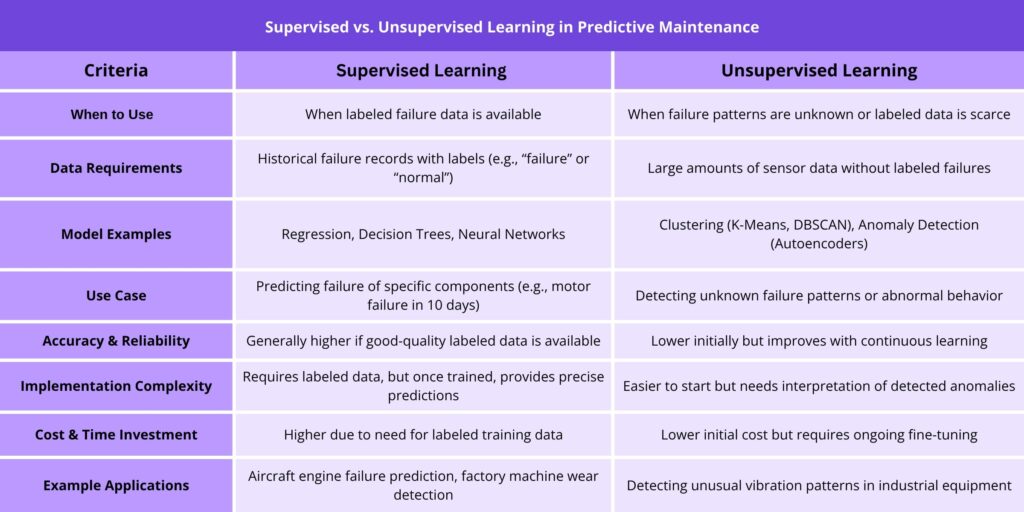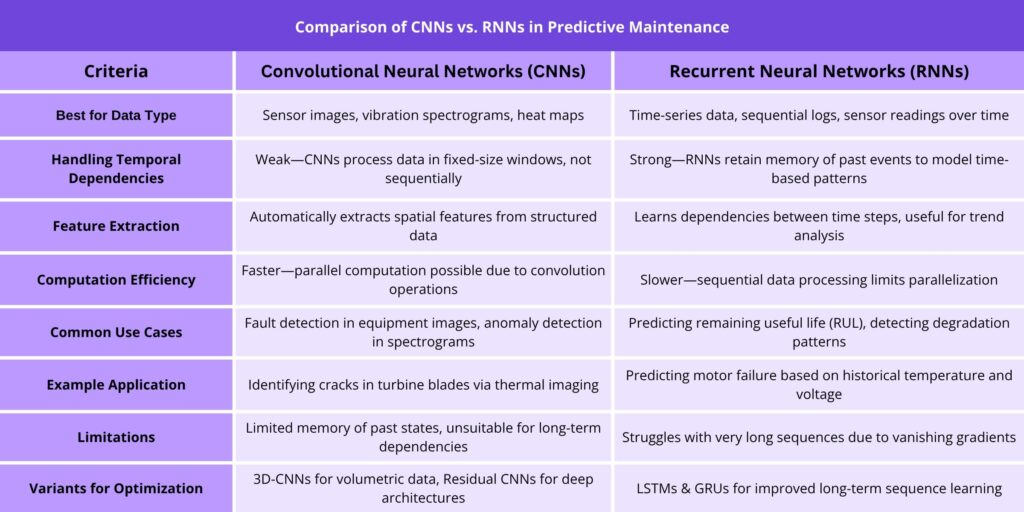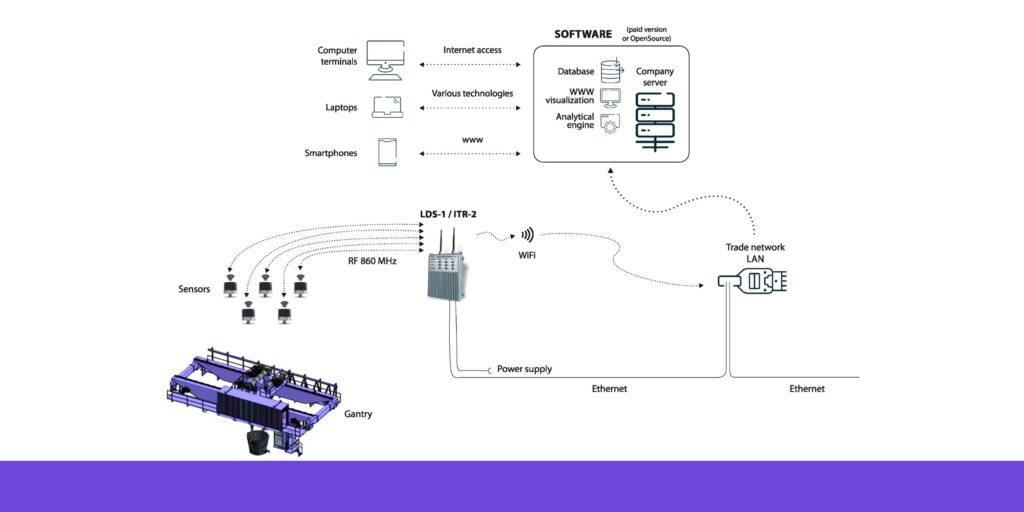Your competitor just launched their app in 3 months, while your internal team is still debating frameworks? You’re not alone. Most business owners face the same dilemma: build slowly in-house or risk outsourcing to unknown teams. Here’s what we learned from our experience about making outsourcing work without the horror stories you’ve heard.
Introduction to Outsourcing
Businesses have recognized that specialized development teams could deliver better results faster than building capabilities from scratch. Companies that execute this strategy effectively access specialized expertise that would require years to develop internally, compress project timelines, and gain access to technologies otherwise beyond their reach. Outsourcing software development provides the agility and competitive positioning necessary in today’s accelerated digital landscape.
However, not every initiative should be outsourced. Some systems, like internal analytics tools, proprietary algorithms, or payment engines, are core to your identity and are better kept in-house, where confidentiality and rapid iteration matter most.
Why Business Owners Choose Outsourcing
Software development outsourcing extends beyond cost reduction, though budget optimization typically drives initial interest. Here’s what makes it strategically valuable:
Focus leadership on the core business. Stop dedicating executive attention to technical implementation complexities. Let proven outsourcing partners handle the code while you concentrate on strategy, sales, and customer relationships.
Compress project timelines. What would take 12+ months to build internal capability for can start immediately with the right outsourcing partner. Access technologies and expertise otherwise beyond your reach without the ramp-up time.
Access expertise you don’t have a full-time load. Need AI features? You don’t need a $300K machine learning specialist year-round. Outsourcing gives you access to specialized talent for the duration you actually need them, reducing operational expenses by 40-60%.
Scale dynamically with market demands. Expand or contract development resources as your needs shift. No lengthy hiring processes or difficult layoffs, just flexible capacity that adapts to your business reality.
Tap into global talent pools. Instead of limiting recruitment to local candidates, engage specialized developers with advanced technical skills regardless of geographic location. Access expertise that simply isn’t available in your immediate market.
The strategic value lies in accessing capabilities that transform competitive positioning, not merely faster or cheaper execution.
When Software Development Outsourcing Creates Competitive Advantage
Not every software development project benefits from outsourcing. Understanding when outsourcing software development creates a genuine competitive advantage versus where it introduces unnecessary complexity forms the foundation of successful technology partnerships. It is crucial to evaluate the key aspects of outsourcing software development to ensure it aligns with your overall business strategy.
Is Outsourcing Right for Your Project?
You have a clear vision but lack the technical team. Your next-generation features require machine learning capabilities or cloud computing expertise. Rather than investing 12-18 months building this technical expertise internally, outsourcing provides immediate access to specialists who’ve solved similar challenges across multiple industries
You need to launch before competitors do. When market opportunities emerge or competitive threats accelerate, outsourcing can compress your software development lifecycle from quarters to months through dedicated teams and specialized scaling.
Hiring full-time specialists doesn’t make financial sense. Senior software developers in major U.S. markets command $140,000-$350,000 annually, plus benefits and infrastructure overhead. Strategic outsourcing provides equivalent technical expertise at 40-60% of domestic costs, freeing capital for core business innovation investments.
Your project scope is well-defined. Well-architected software projects with documented technical requirements translate effectively to outsourced teams. When system specifications and acceptance criteria are clearly defined, outsourcing becomes an execution strategy rather than exploratory development.
Use outsourcing when you need speed, flexibility, or specialized expertise that your internal team doesn’t yet have.
Keep in-house when
You need to scale fast, and software IS your competitive advantage. If the software solutions you’re building constitute your fundamental market advantage, like Uber’s algorithm or Netflix’s recommendation engine, maintaining internal development control often provides superior strategic value. In-house developers can iterate quickly, align with shifting priorities in real time, and retain product knowledge that compounds over time.
You’re focused on what truly matters. Some software simply can’t be shared with an external vendor. If your product includes sensitive tools, proprietary data, or customer-facing experiences that define your brand, like Uber’s driver-dispatch UI or Netflix’s payment system, those belong in-house. Keeping these elements internal preserves confidentiality, protects intellectual property, and ensures full control over user experience and data security.
You have amazing developers who know your business inside out. Early-stage product development requires constant hypothesis testing and architectural pivoting. These exploratory phases benefit from the tight feedback loops that co-located teams who deeply understand your business provide.
Requirements are unclear and will change constantly. When you’re still figuring out what to build through rapid iteration cycles, the communication overhead of outsourcing can slow you down more than the additional resources speed things up.
Pro tip: Consider hybrid approaches too. Many companies keep their core systems in-house while outsourcing feature development or integrations to specialized partners. This balance protects strategic IP while accelerating delivery.
Ready to explore whether outsourcing software development aligns with your strategic objectives? Schedule a consultation with our experts to discuss your specific requirements.
3 Ways to Work with Development Teams (Pick Your Style)
The confusion around software development outsourcing often starts with terminology. Different service providers use inconsistent language for similar services, making it difficult to compare options. Outsourcing software development services refers to a range of specialized offerings provided by external vendors, including ongoing support and quality assurance. Let’s examine the three primary outsourcing models based on SliceIQ’s approach.
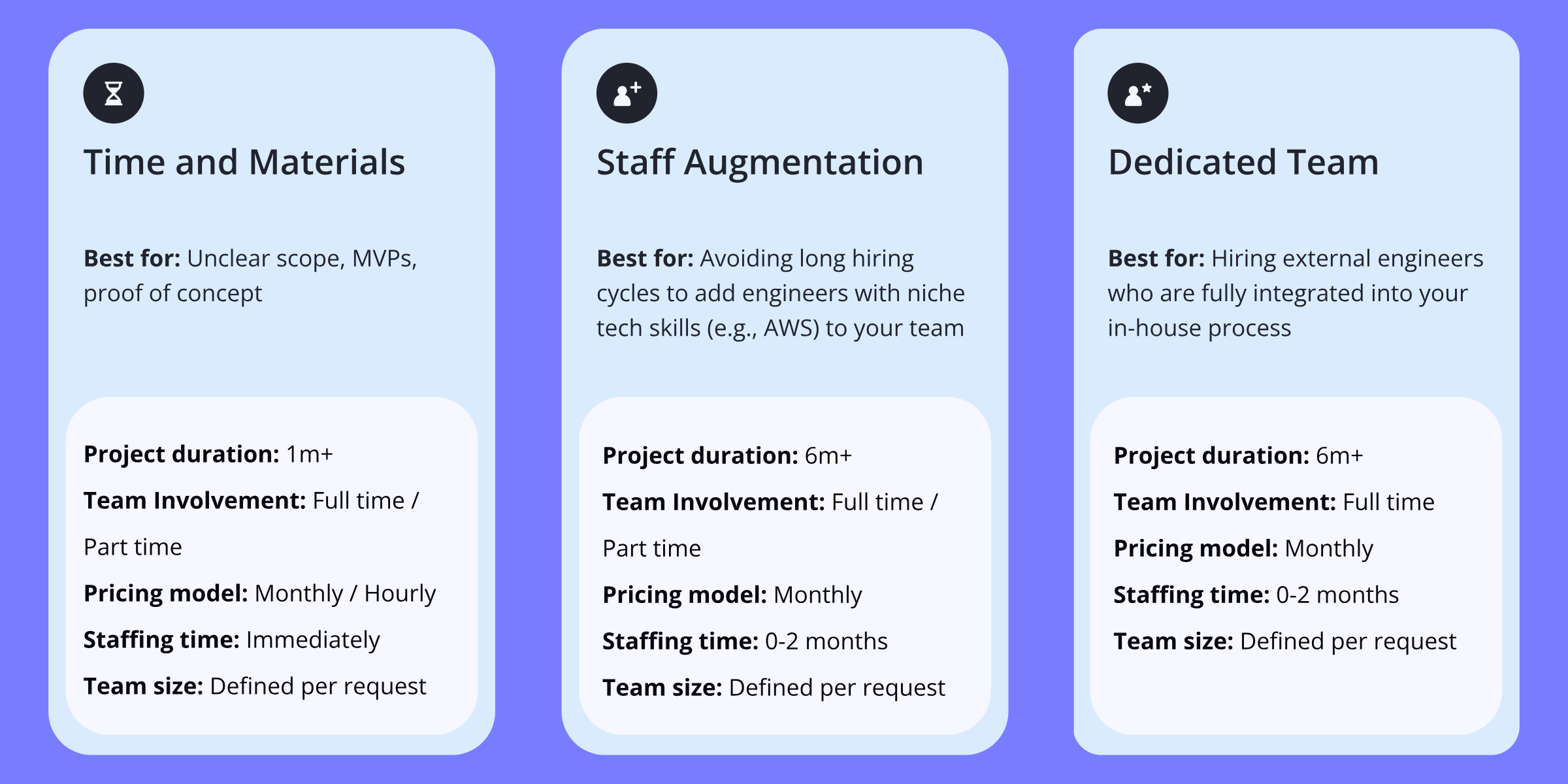
Time and Materials: The Flexible Software Development Approach
This outsourcing model functions like hiring specialized contractors for complex system architecture projects. You define strategic objectives and high-level requirements, while maintaining flexibility to adapt technical specifications as project understanding evolves. The time and materials approach supports an adaptive development process, enabling changes throughout the design, coding, and testing phases as new insights emerge.
Staff Augmentation: Technical Team Extension
This software development outsourcing model extends your existing engineering organization with specialized technical capabilities. The augmented resources integrate directly into your development workflows, following your established processes. Staff augmentation allows the outsourcing team to act as an extension of the client’s in-house team, providing seamless integration and flexibility.
Learn more about optimizing this approach in our comprehensive IT Staff Augmentation Guide.
Dedicated Development Team: The Partnership Model
This represents the most comprehensive software development outsourcing approach, functioning like establishing a satellite engineering office managed by your outsourcing partner. An outsourcing team takes responsibility for the entire project, managing everything from initial design to final delivery, and provides comprehensive oversight and accountability throughout the process.
Software Outsourcing Services and Solutions
Software outsourcing services encompass custom software development, quality assurance testing, cloud computing solutions, mobile and web development, and ongoing IT maintenance. Partnering with software outsourcing companies provides access to technical expertise, proven project management methodologies, and quality assurance processes validated across industries. The strategic advantage extends beyond cost reduction. Organizations gain access to skilled engineers and emerging technologies like advanced cloud computing that would be prohibitively expensive to develop internally, transforming technology development from resource-intensive internal projects into strategic partnerships that deliver specialized capabilities and accelerated innovation.
Custom Software Development and Outsourcing
Custom software development creates solutions engineered specifically for your operational workflows and strategic objectives. Outsourcing this work provides immediate access to specialized technical expertise that would require years to cultivate internally, while eliminating ongoing maintenance complexities. This strategic approach enables leadership to focus on core business operations while entrusting complex technical implementation to proven partners. Successful organizations establish precise requirements upfront and implement robust project management frameworks, particularly critical when integrating advanced technologies like machine learning algorithms and cloud computing architectures. Strategic partner selection delivers high-quality software that drives operational innovation and supports scalable business growth.
Cost Engineering: Understanding Software Development Outsourcing Economics
Software development outsourcing costs require understanding multiple variables that influence total project economics. By outsourcing software development to regions with lower wages, companies can significantly reduce operational costs and improve resource efficiency.
Primary Cost Drivers in Software Development Outsourcing
System complexity and architectural sophistication. Building straightforward applications costs significantly less than developing real-time data processing systems, machine learning applications, or mobile app development with complex integrations. Advanced algorithms and sophisticated user interfaces require senior technical expertise, increasing development costs.
Technology stack specialization and market availability. Common technologies like React and Node.js have larger talent pools, keeping outsourcing costs moderate. Specialized technologies, blockchain development, computer vision, or IoT integration, command premium rates due to limited expert availability.
For insights on managing modern technology implementations, check out our Modern API Development Tips.
Geographic location and operational efficiency. Eastern European software development teams typically cost more than Southeast Asian alternatives, but offer closer time zone alignment with U.S. business operations. The choice involves balancing cost reduction against communication convenience.
The Hidden Costs Nobody Talks About
Project management: Add 10-15% to any quote. Well-managed software development projects allocate 10-15% of development time to communication activities, including regular meetings, status updates, and requirement clarifications. This prevents misunderstandings and costly changes down the line.
Quality assurance and testing: Add 20-30%. Testing strategies, automated testing suites, manual quality assurance, and security testing can add 20-30% to software development outsourcing costs but prevent expensive post-launch fixes that could cost 10x more.
Integration and deployment: Varies widely. Connecting to existing business processes, migrating data, and establishing deployment pipelines requires specialized work that varies significantly based on your current infrastructure complexity.
Cost Optimization Strategies
Rather than simply choosing the lowest-cost software development outsourcing company, successful organizations optimize for value. Optimizing the software development process is essential for controlling costs and improving project outcomes:
- Start with clearly defined project requirements to avoid scope creep
- Invest in thorough discovery phases to surface complexity early
- Choose technology stacks with strong outsourcing talent pools
- Plan for phased development rather than monolithic approaches
- Include contingency budgets for technical challenges (typically 15-20% of base estimates)
Protecting Your Business Without Paranoia
Legal considerations and security concerns often create the most anxiety around software development outsourcing, yet the fundamentals become straightforward when broken down systematically. Selecting a reliable outsourcing partner is crucial to ensure legal compliance and robust security practices.
The 3 Non-Negotiables in Any Contract
Statement of Work (SOW). This document defines exactly what software solutions will be built, by when, and at what cost. A well-written SOW prevents most disputes by clearly outlining deliverables, timelines, and acceptance criteria for your custom software development.
Master Service Agreement (MSA). This overarching contract establishes the general terms of your business relationship with your software development outsourcing partner, payment terms, liability limitations, and dispute resolution processes. It is crucial to select an appropriate outsourcing partner who aligns with your business objectives and legal requirements before entering into an MSA.
Intellectual Property Protection. Ensure that all custom software development, designs, and documentation become your property upon payment. This should cover both primary deliverables and derivative works from your software development services.
Multi-Layer Security Architecture
Leading software development outsourcing companies often maintain more sophisticated security practices than internal teams, due to specialization and scale.
Infrastructure security. Professional software development teams operate in secured environments with enterprise-grade firewalls, intrusion detection systems, and monitoring. Many leverage cloud computing services from AWS or Azure that provide security capabilities exceeding most corporate internal networks. In outsourced environments, technical support services are essential for maintaining secure and reliable IT operations, ensuring that systems remain protected and any issues are promptly addressed.
Data protection strategies. All sensitive data should be encrypted both when stored and transmitted between systems. Professional teams use anonymized or synthetic data for testing, ensuring sensitive information never appears in development systems.
The most secure software development outsourcing arrangements often exceed internal security capabilities because specialized providers invest heavily in security infrastructure that would be prohibitively expensive for individual companies to maintain.
How Outsourced Software Development Teams Work
The biggest misconception about software development outsourcing involves perceived loss of control. Well-structured partnerships provide more visibility and control than many internal development efforts. Managing and communicating effectively with the outsourced team is crucial for maintaining project visibility and ensuring you retain control throughout the development process.
Team Structure and Development Methodologies
Project management coordination. Every outsourced software project requires dedicated project management coordination, progress tracking against milestones, and issue escalation before they become problems. The project manager oversees daily activities, manages communication between the client and development team, and ensures that all milestones are met on schedule.
Technical leadership. Senior software developers or architects ensure code quality, make technology decisions, and maintain overall system coherence through code reviews, development standards, and team mentoring.
Agile development practices. Most software development outsourcing teams use methodologies like Scrum or Kanban, providing regular delivery cycles and feedback opportunities. This means working software delivered every 2-4 weeks rather than waiting months for final products.
Quality assurance integration. Testing isn’t left to the end but integrated throughout the software development lifecycle. This includes automated unit testing, integration testing, and manual quality assurance.
For strategies on maintaining effective communication with distributed teams, explore our guide on Remote Team Communication That Works.
Progress Tracking and Communication
Sprint demonstrations. Regular demos showcase working functionality, allowing immediate feedback and ensuring development stays aligned with business objectives.
Effective communication and collaboration tools are essential for seamless project development in outsourced environments, as they help prevent delays and misunderstandings.
Progress reporting. Professional teams provide reporting on velocity, blockers, upcoming risks, and resource allocation. This reporting often exceeds what internal teams typically provide.
Quality metrics. Reporting includes code quality metrics, test coverage statistics, and performance benchmarks. This data-driven approach provides objective measures of progress and risk.
Time Zone Optimization
Time zone differences often concern companies considering software development outsourcing, but successful distributed teams have developed strategies that can improve development velocity. By optimizing time zones, organizations can enhance project development by enabling continuous progress and faster turnaround.
Strategic overlap scheduling. Most successful software development outsourcing relationships maintain 2-4 hours of overlapping working time for real-time collaboration and relationship-building activities.
Asynchronous-first communication. Effective teams design workflows around asynchronous collaboration. Detailed written updates and documentation replace many meetings required for co-located teams.
Follow-the-sun development. For urgent software projects, time zone differences can accelerate development. While your U.S. team sleeps, development continues overseas, potentially enabling 16-hour development cycles.
How to Ensure You Get What You Paid For
Quality concerns represent legitimate software development outsourcing fears, but leading outsourcing partners often maintain more rigorous quality processes than internal development teams. Software engineering outsourcing work involves structured processes designed to ensure quality and manage risks effectively.
Multi-Level Quality Assurance
Code review processes. Every line of code goes through peer review before integration, with senior software developers checking for security issues, performance problems, and adherence to coding standards. By applying software engineering principles, the team ensures systematic and disciplined quality assurance throughout the development lifecycle.
Automated testing integration. Quality teams build test suites that run automatically with every code change, catching regressions and ensuring new features don’t break existing functionality.
Performance and security testing. Applications are tested under realistic usage conditions to ensure optimal performance and undergo security scanning to identify potential vulnerabilities.
Risk Management Strategies
Robust project management processes are essential for identifying, mitigating, and managing risks in outsourced software development. Implementing structured frameworks, clear communication channels, milestone setting, defined roles, and utilizing project management tools like Jira and Trello can help monitor progress and ensure accountability throughout the project.
Communication and coordination risks. The most common software development outsourcing failures stem from unclear or misunderstood requirements. Invest heavily in technical requirements documentation, include detailed acceptance criteria, and establish regular validation checkpoints.
Technical and quality risks. Poor code quality creates long-term maintenance challenges. Establish code quality standards upfront, require regular code reviews, and include technical debt management in project planning.
Business and financial risks. Scope creep can make software development projects significantly more expensive. Include detailed scope definition in contracts, budget for contingencies, and establish clear approval processes for scope changes.
Vendor dependency. Over-reliance on a single software development outsourcing company creates business risks. Maintain detailed documentation of all systems, ensure code ownership rights are clearly established, and consider working with multiple partners.
How to Pick the Right Software Development Outsourcing Partner
Selecting a software development outsourcing partner requires systematic evaluation. It is crucial to choose a reputable outsourcing provider with a proven track record and adherence to industry standards to ensure quality and long-term value. Use this framework to assess potential partners and make confident decisions.
Technical Capability Assessment
Portfolio and case studies. Review completed software projects that demonstrate relevant complexity, technology expertise, and industry knowledge. Look for custom software solutions with similar requirements to your planned initiatives. Be sure to assess the experience and reputation of each software development company under consideration.
Team composition and expertise. Understand specific skills, experience levels, and technical backgrounds of software developers who would work on your projects. Request detailed information about their proven track record.
Technology stack alignment. Ensure potential partners maintain deep expertise in specific technologies your software projects require. Generic development shops may claim broad capability while lacking specialized knowledge.
Quality assurance processes. Review testing methodologies, code review protocols, and quality metrics. Request examples of technical documentation and testing reports from previous engagements.
The 5-Minute Partner Test

Ask yourself these questions during initial conversations:
Do they ask hard questions about your business? Good partners probe into your goals, challenges, and constraints. If they’re just saying “yes” to everything, they don’t understand what you actually need.
Can they explain technical concepts in plain English? If they can’t translate tech-speak into business language now, communication will be a nightmare during the project.
Do their previous clients answer the phone when you call? Real references pick up and talk honestly. If clients are “too busy” or references feel scripted, that’s a red flag.
Will they do a small paid test project first? Confident partners will prove themselves with a pilot project. If they push for large commitments upfront without proving capability, walk away.
Do they seem excited about your specific project? You want partners who care about your success, not just another contract. Generic enthusiasm doesn’t count. Look for specific questions and ideas about your business.
If any answer is ‘no,’ keep looking.
Partnership Evaluation Checklist
Before making final decisions, complete this assessment to increase the likelihood of establishing a successful outsourcing partnership:
- Technical interviews with development team members to assess actual capabilities
- Reference calls with 2-3 previous clients focusing on similar project types
- Review of sample code and documentation from previous software projects
- Security and compliance audit of development processes
- Contract review by legal counsel familiar with software development agreements
- Pilot project or proof of concept to test working relationships
Ready to find the perfect software development outsourcing partner for your next project? Connect with SliceIQ’s team to discuss your specific requirements and explore how our proven approach can accelerate your software development initiatives.
Warning Signs to Avoid
Be cautious of potential software development outsourcing partners who:
- Cannot provide relevant case studies or detailed references
- Offer significantly below-market pricing without a clear explanation
- Show poor communication during evaluation processes
- Cannot explain development methodologies or quality processes
- Have no experience with similar technical requirements
Conclusion: Software Development Outsourcing as a Strategic Advantage
Successful software development outsourcing relationships view external teams as strategic extensions of internal capabilities that provide access to specialized talent and accelerated development velocity. These partnerships enable organizations to focus on core business functions while leveraging external expertise for custom software development and advanced technologies.
The right outsourcing partner becomes an extension of your team, sharing your commitment to quality and business objectives. With proper due diligence, clear communication protocols, and systematic risk management, software development outsourcing transforms from perceived risk into a competitive advantage.
Ready to explore how software development outsourcing can accelerate your next project? Schedule a strategic consultation with SliceIQ’s experts to discuss your specific requirements.













